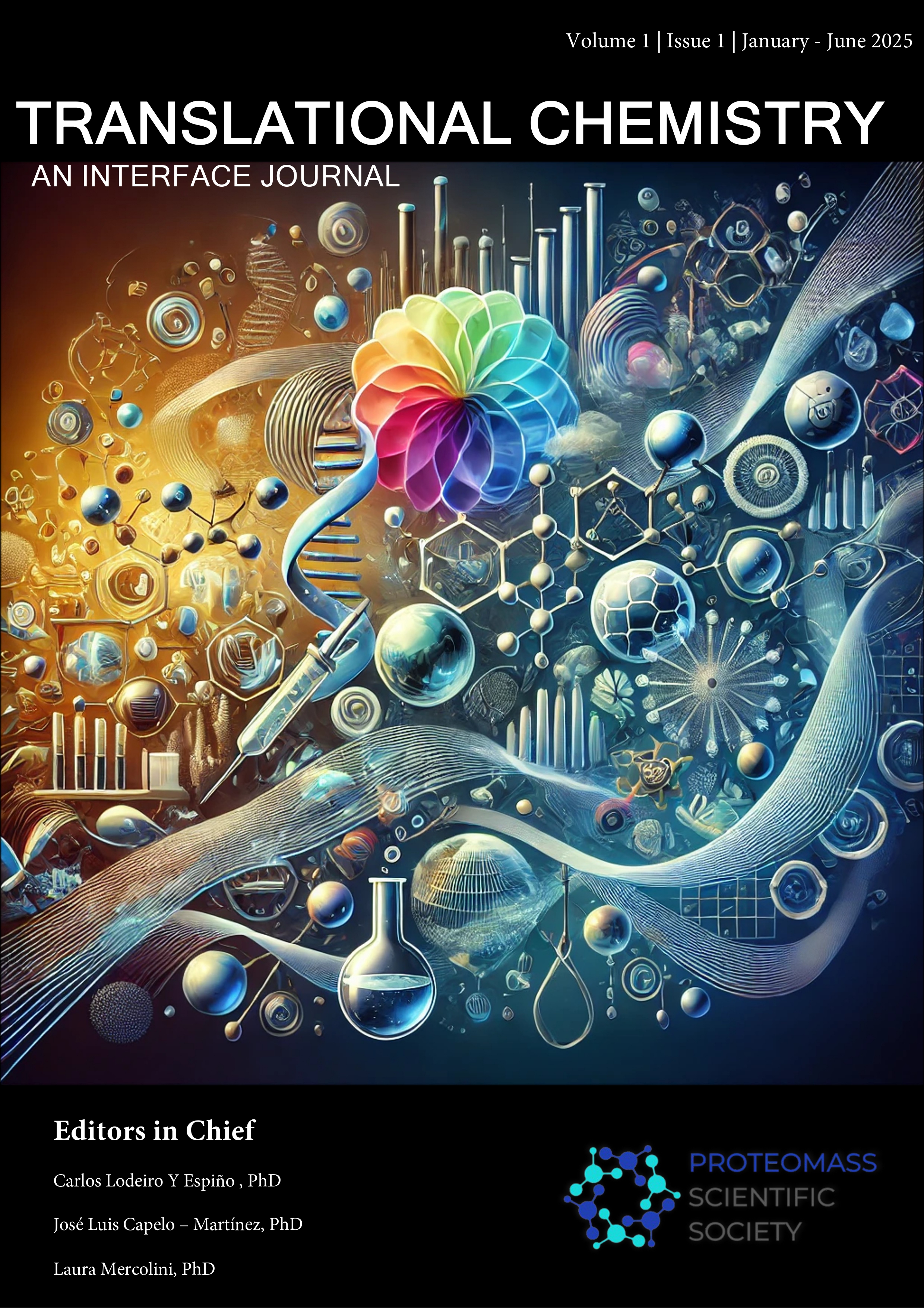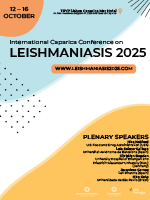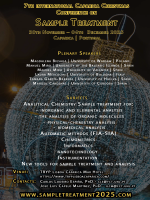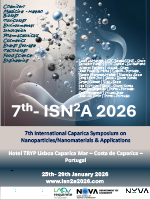Translational Advances: Biomaterials and antimicrobial Photodynamic Therapy, a Synergistic Approach
DOI:
https://doi.org/10.5584/translationalchemistry.v1i1.242Keywords:
Photosensitizers, Porphyrins, Antimicrobial photodynamic therapy, Biopolymers, ImmobilizationAbstract
The increasing prevalence of drug-resistant pathogens represents a serious public health challenge, driven by factors such as inadequate water sanitation, the misuse and overuse of antimicrobials, and insufficient infection prevention and control measures. Appropriately functionalized porphyrin derivatives present a promising strategy as broad-spectrum photo-antimicrobial agents, activated by visible light in the presence of molecular oxygen throughout photodynamic approach. These compounds effectively target resistant microorganisms, namely bacteria. To mitigate production costs, the immobilization of these compounds on solid supports has been proved essential, as it enables their recovery, reuse, and recycling. This approach enhances both the economic viability and environmental sustainability of antimicrobial photodynamic therapy. Furthermore, various biopolymers, including cyclodextrin, lignin and chitosan, have been employed to immobilize porphyrin-based photosensitizers, allowing for the tailoring of the substrates physicochemical and biological properties.
Downloads
Published
Issue
Section
License
Copyright (c) 2025 Translational Chemistry – An Interface Journal

This work is licensed under a Creative Commons Attribution 4.0 International License.







